Mother Nature has hidden some incredible nutritional treasures in the most unexpected places. While everyone knows about blueberries and spinach, there’s a whole world of bizarre yet powerful superfoods waiting to boost your health. Get ready to discover some truly strange foods that pack amazing nutritional punches.
1. Dragon Fruit
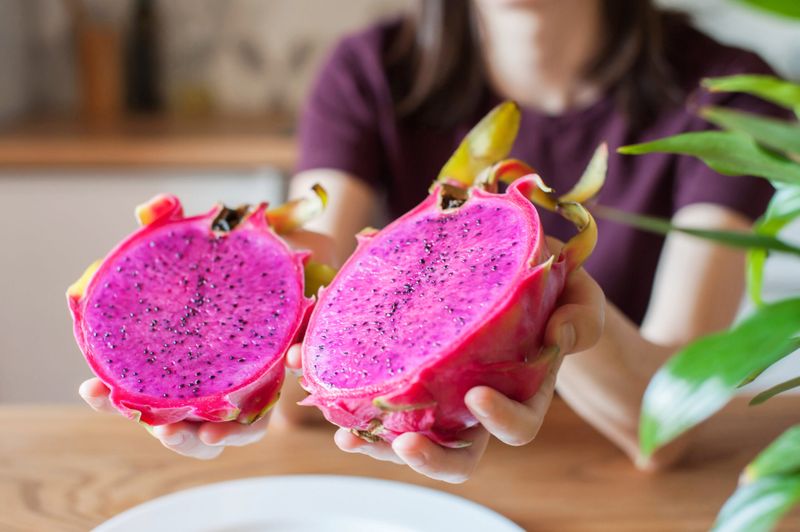
Looking like something from outer space, this bright pink fruit with green scales might seem intimidating at first glance. Inside, you’ll find white flesh dotted with tiny black seeds that taste surprisingly mild and refreshing.
Dragon fruit contains more vitamin C than oranges and provides excellent hydration due to its high water content. The seeds offer healthy omega-3 fatty acids, while the flesh delivers fiber and antioxidants. You can eat it raw by scooping out the flesh with a spoon, or blend it into smoothies for a tropical twist.
2. Sea Buckthorn Berries
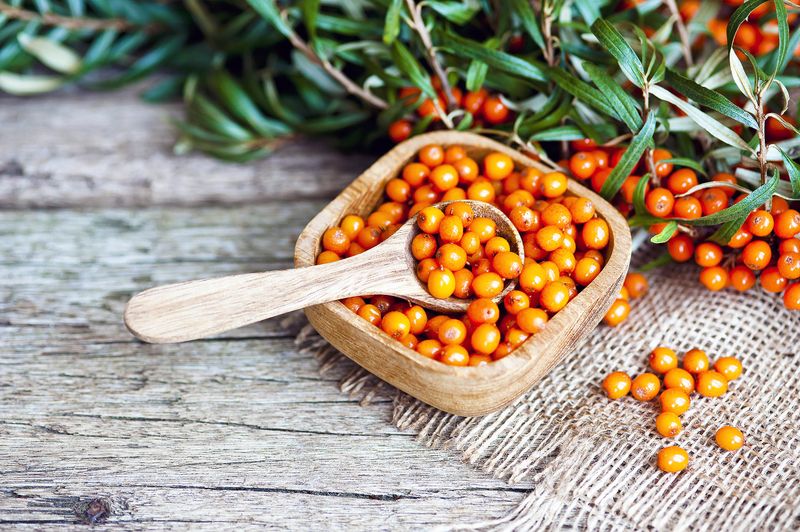
These tiny orange berries grow on thorny bushes in harsh coastal areas and mountains across Europe and Asia. Despite their sour taste, they’re absolutely loaded with nutrients that can transform your health. Sea buckthorn berries contain seven times more vitamin C than oranges and are rich in omega-7 fatty acids, which support skin health.
They also provide vitamin E, carotenoids, and flavonoids that fight inflammation. Most people consume them as juice, oil supplements, or dried powder since fresh berries are quite tart and hard to find in stores.
3. Black Garlic
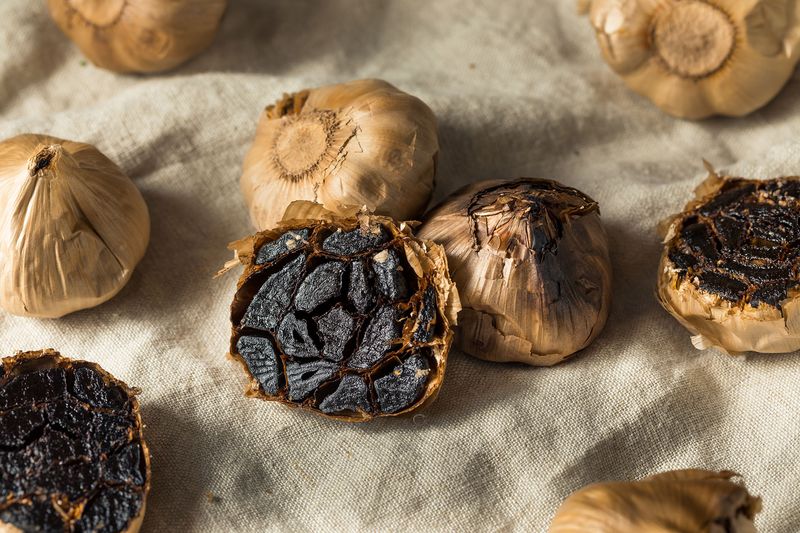
Regular garlic transforms into something magical when aged under controlled heat and humidity for several weeks. The result is sweet, molasses-like cloves that taste nothing like their pungent predecessor. Black garlic doubles the antioxidant content of regular garlic while becoming easier to digest.
It contains S-allylcysteine, which supports heart health and may help regulate blood sugar levels. Chefs love adding it to sauces, marinades, and even desserts because of its unique umami flavor. You can eat it straight from the bulb or incorporate it into various dishes for a gourmet touch.
4. Baobab Fruit
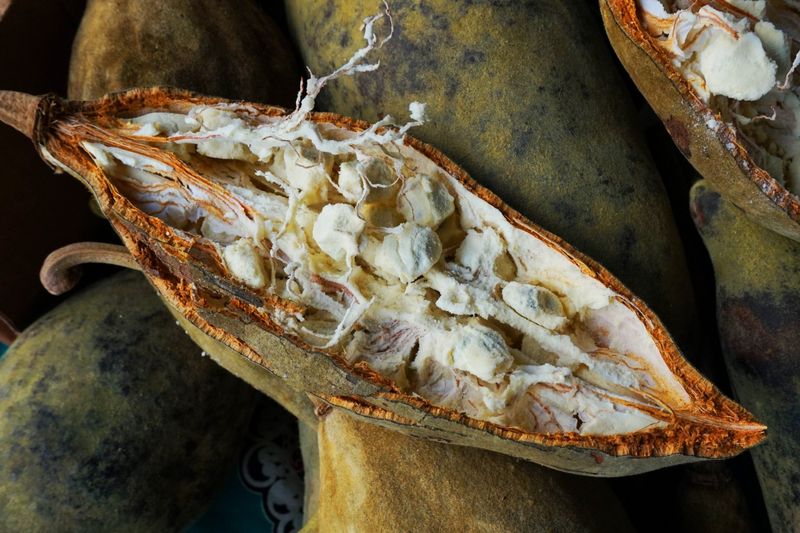
Africa’s “Tree of Life” produces a fruit that looks like a large coconut but contains chalky white pulp that tastes like sherbet. Baobab trees can live for thousands of years, and their fruit is equally impressive nutritionally. This superfood provides six times more vitamin C than oranges and twice as much calcium as milk.
The pulp is naturally dried inside the shell, making it shelf-stable and perfect for long-term storage. You can mix baobab powder into smoothies, yogurt, or water for a tangy vitamin boost that supports immune function and bone health.
5. Moringa Leaves
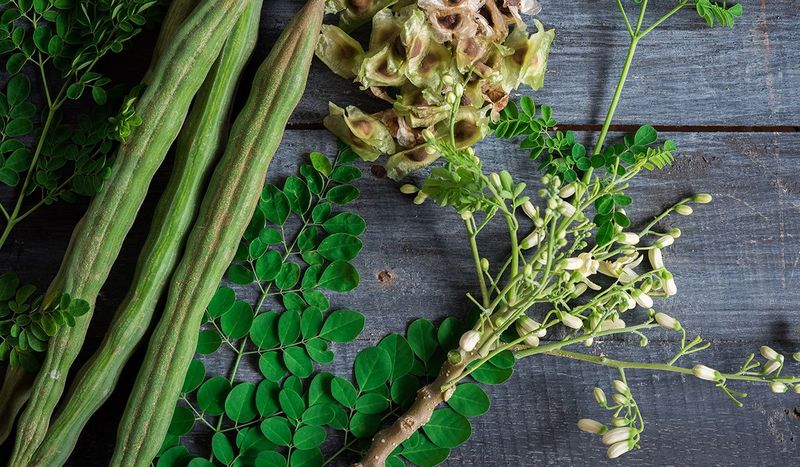
Known as the “miracle tree,” moringa grows in tropical regions and produces leaves that contain an astounding array of nutrients. Just one cup of fresh moringa leaves provides more protein than yogurt and more iron than spinach. These green powerhouses contain all nine essential amino acids, making them a complete protein source.
They’re also rich in vitamins A, C, and E, plus calcium, potassium, and antioxidants called flavonoids. Fresh leaves can be cooked like spinach, while dried moringa powder makes an excellent addition to smoothies, soups, and teas for an instant nutritional upgrade.
6. Camu Camu
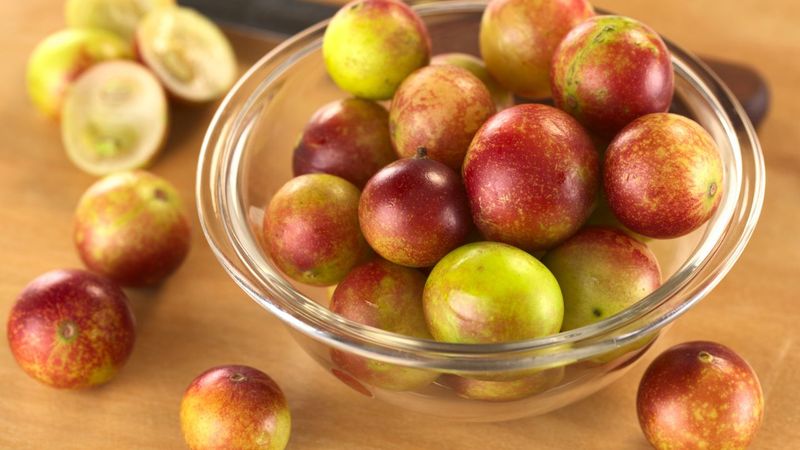
Deep in the Amazon rainforest grows a small cherry-like fruit that contains the highest concentration of vitamin C found in any food on Earth. Camu camu makes oranges look like vitamin C lightweights by comparison. Just one teaspoon of camu camu powder provides 1,180% of your daily vitamin C needs.
This incredible fruit also contains powerful antioxidants, amino acids, and minerals that support immune function and fight inflammation. Since fresh camu camu is extremely sour and hard to find, most people use the freeze-dried powder in smoothies or mix it with honey for a potent immune-boosting supplement.
7. Dulse Seaweed
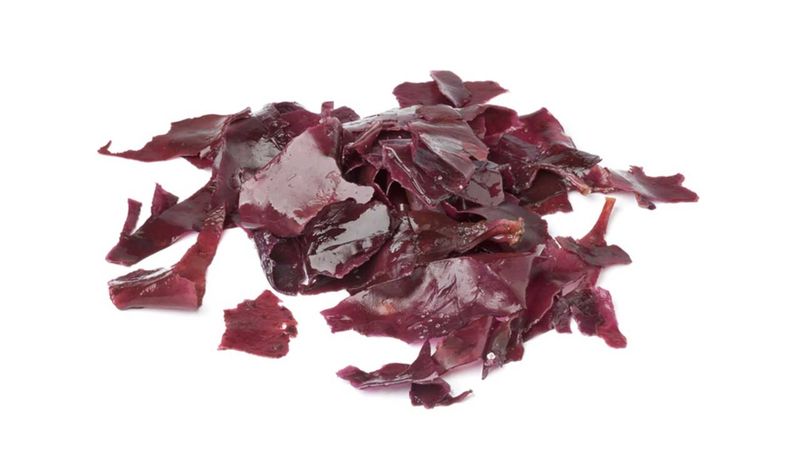
This reddish-purple seaweed grows wild along the rocky shores of the North Atlantic and Pacific oceans. What makes dulse special is that it actually tastes like bacon when cooked, making it a favorite among vegetarians and health enthusiasts. Dulse provides more potassium than bananas and contains all the essential amino acids your body needs.
It’s also rich in iodine, which supports thyroid function, plus iron, magnesium, and vitamin B12. You can eat dulse raw as a snack, cook it until crispy for a bacon substitute, or add it to soups and salads for a salty, oceanic flavor boost.
8. Lucuma Fruit
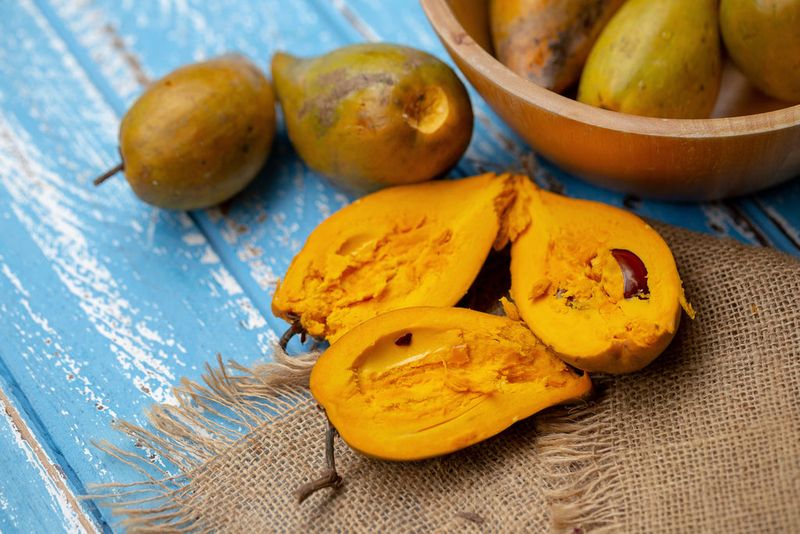
Peru’s golden fruit looks like a cross between an avocado and a mango but tastes like maple syrup mixed with sweet potato. Ancient Incas considered lucuma more valuable than gold, and modern nutritionists are starting to understand why. Lucuma contains beta-carotene, iron, zinc, and B vitamins while being naturally sweet with a low glycemic index.
This means it won’t spike your blood sugar like regular sweeteners do. Fresh lucuma is rare outside South America, but the powder form works wonderfully as a natural sweetener in smoothies, ice cream, and baked goods while adding a creamy, maple-like flavor.
9. Teff Seeds
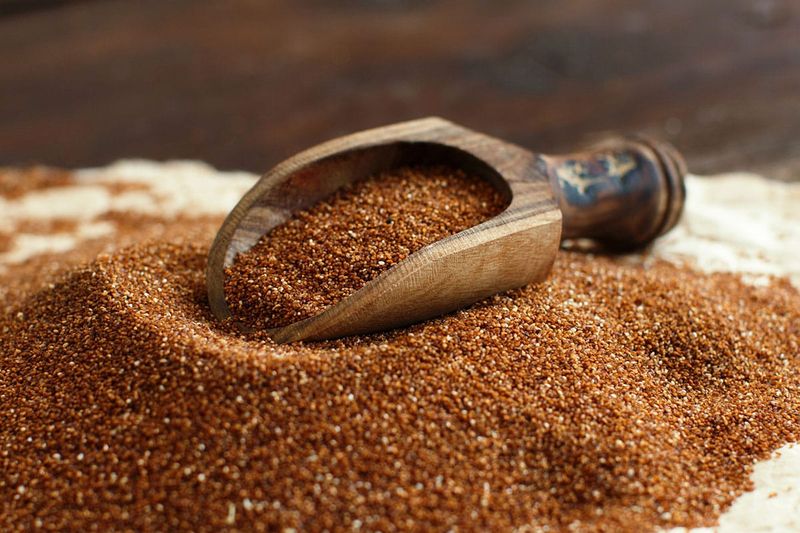
Ethiopia’s ancient grain is so tiny that 150 teff seeds equal the weight of just one wheat kernel. Despite their miniature size, these seeds pack enormous nutritional power and have sustained Ethiopian athletes for generations. Teff contains more protein than quinoa and provides all eight essential amino acids.
It’s naturally gluten-free and rich in iron, calcium, and resistant starch, which feeds beneficial gut bacteria. You can cook teff like rice, grind it into flour for baking, or pop it like tiny popcorn for a crunchy snack. Its mild, nutty flavor works well in both sweet and savory dishes.
10. Finger Limes
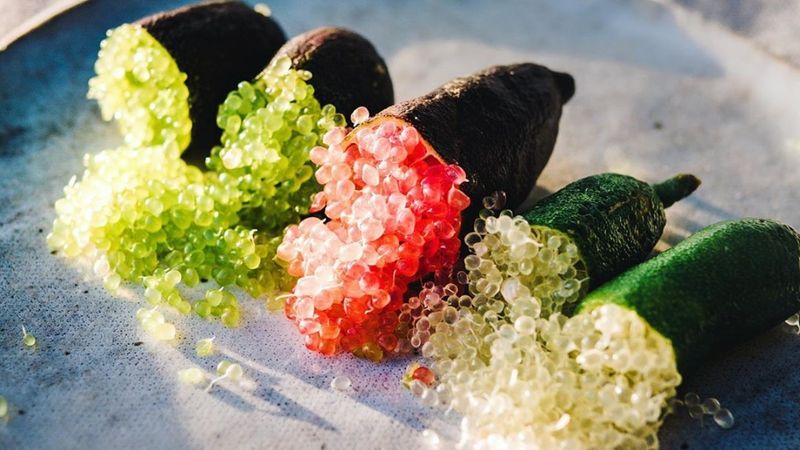
Australia’s “caviar limes” look like small pickles on the outside but burst with tiny, pearl-like vesicles that pop in your mouth like citrus caviar. These unique fruits come in various colors, from clear to pink to deep red. Finger limes contain three times more vitamin C than regular limes and provide folate, potassium, and vitamin E.
The citrus caviar pearls are packed with antioxidants and essential oils that support immune health. Chefs prize finger limes as garnishes for seafood, cocktails, and desserts because of their intense citrus flavor and striking appearance. You can eat them fresh or use them to add a gourmet touch to any dish.
11. Amaranth Leaves
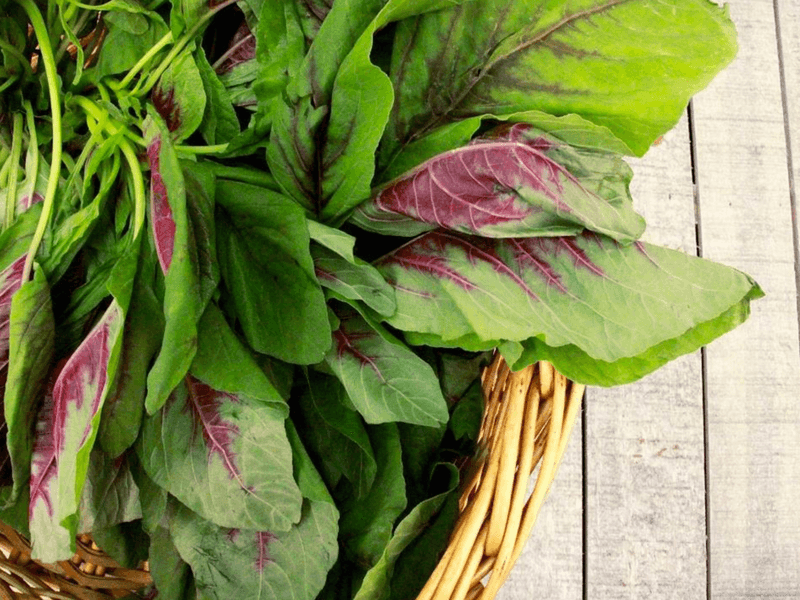
While most people know amaranth as a grain, the leaves of this ancient plant are actually the more nutritious part. These vibrant green leaves have been nourishing civilizations for over 8,000 years. Amaranth leaves contain more protein than most vegetables and provide exceptional amounts of vitamin K, vitamin A, and folate.
They’re also rich in calcium, iron, and nitrates, which support cardiovascular health. Young amaranth leaves can be eaten raw in salads, while mature leaves are best cooked like spinach. They have a mild, slightly sweet flavor that pairs well with garlic, onions, and other vegetables in stir-fries.
12. Monk Fruit
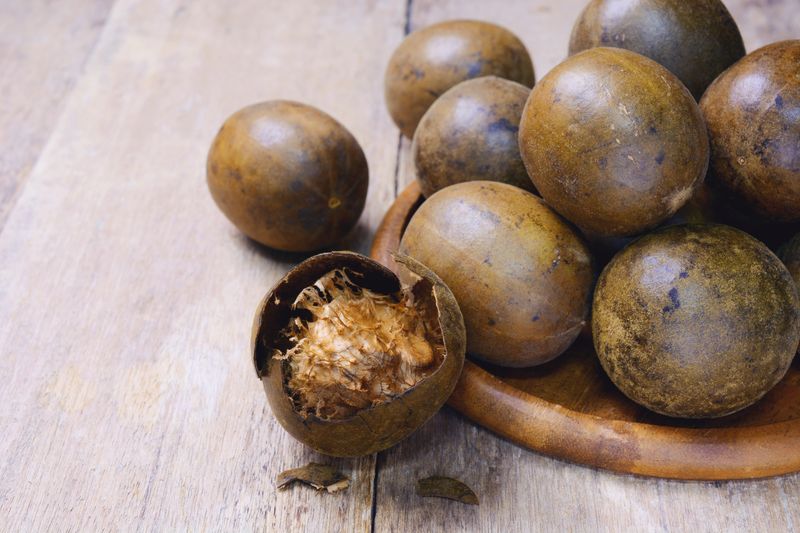
This small green melon from southern China has been sweetening foods for centuries, but only recently has the world discovered its incredible properties. Monk fruit is 200 times sweeter than sugar but contains zero calories and doesn’t affect blood sugar. Beyond its sweetening power, monk fruit contains mogrosides, powerful antioxidants that may have anti-inflammatory and anti-cancer properties.
It also provides vitamin C and various beneficial compounds that support overall health. You’ll typically find monk fruit as a powder or liquid sweetener rather than fresh fruit. It’s perfect for people with diabetes or anyone wanting to reduce sugar intake without sacrificing sweetness.
Leave a comment